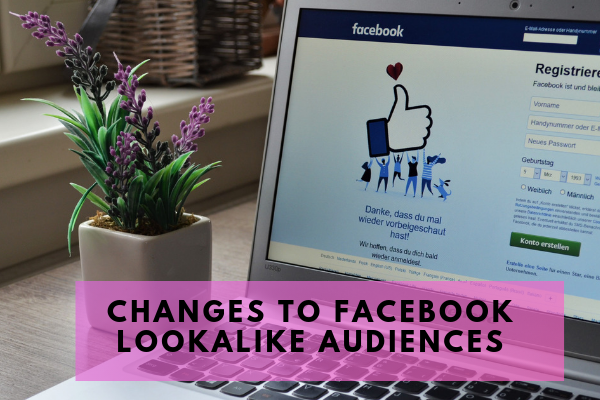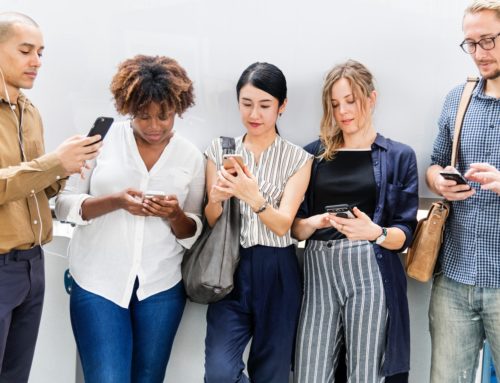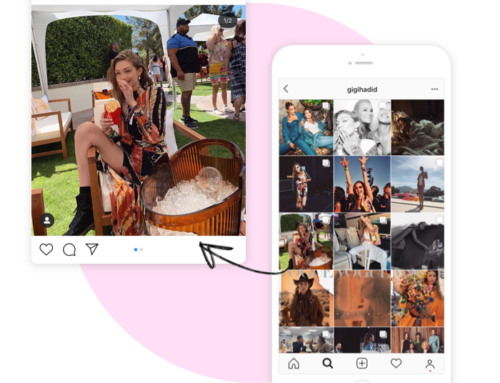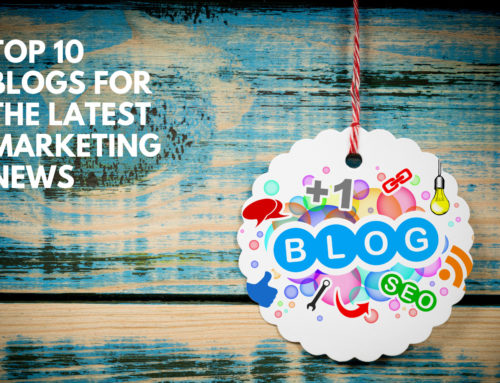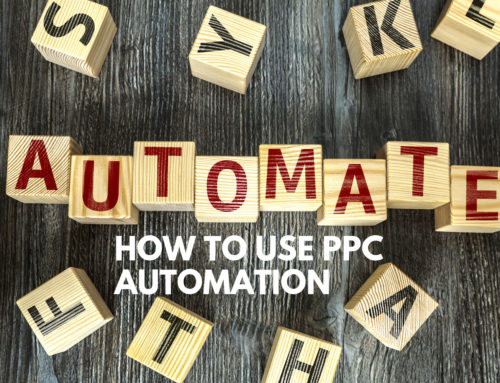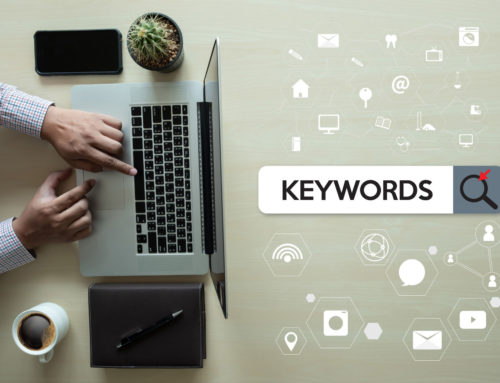What Happened to Facebook Lookalike Audiences?
Facebook has long been known for its easy-to-use marketing tools. Using the data that Facebook collects on its users, marketers can zero in on their target audience with laser-focused precision.
But one tool, what’s known as Facebook lookalike audiences, has been fading in popularity among marketers, with some saying it’s not as effective as it used to be.
Learn more about this marketing tool and how it’s changed over the last couple of years.
What Is Facebook Lookalike Audiences?
When creating ads on Facebook, marketers can create specific “audiences” based on users’ age, income, education, interests, gender, ethnicity, and geographic location. Facebook collects all kinds of data on its users and shares this information with marketers, helping them target users most likely to be interested in their products and services. Marketers can choose how many people they want to reach with their ads. The more users see the ad, the more the campaign will cost.
But marketers also have the option to add lookalike audiences to their campaign. Lookalike audiences are Facebook users that aren’t a part of the “target audience,” but may still be interested in the company’s products and services.
For example, a company is targeting 20-something users in California that are interested in skateboarding. But when including lookalike audiences, the campaign will also target different kinds of users such as older skateboarders, skateboarders living in neighboring states, and those interested in similar topics such as board sports, snowboarding, and longboarding.
This helps marketers quickly reach Facebook users beyond their target audience without doing much research. All they have to do is choose between 1% and 10% and Facebook takes care of the rest. The smaller the percentage, the more closely aligned the lookalike audience will be to the original source. The higher the percentage, the more diluted the audience will be.
So, What’s Changed?
Many marketers are reporting a decline in results when using Facebook lookalike audiences. It may still be an effective tool, but Facebook is changing its approach when it comes to sharing user data. The company has recently come under fire for giving away its users’ data to third-party companies, apps, and marketers.
Facebook may be limiting how much user info it’s passing on to marketers, so the tool may no longer be as reliable or accurate as it once was.
Another explanation may be that too many marketers are using lookalike audiences, oversaturating these markets with ads.
Facebook lookalike audiences have been growing in popularity ever since the feature first launched in 2013. Marketers can reach thousands of potential new customers in seconds, but Facebook users may be getting tired of seeing ads in their news feeds, leading to diminishing returns for marketers.
Facebook is also becoming less popular with millennials. The platform has lost 15 million millennial users since 2017. So, if marketers are trying to make waves with millennials, they might have better luck on apps like Instagram, rather than Facebook.
Choosing Between 1% and 10%
Some marketers are seeing greater gains after changing the percentage from 1% to 2%. This helps marketers reach even more Facebook users, increasing their odds of attracting the right kinds of users.
1% lookalike audiences may be oversaturated with ads, so bumping up to 2% might make all the difference in the world. If you use Facebook lookalike audiences as part of your marketing strategy, consider moving up to 2% or 3%.
For now, Facebook lookalike audiences aren’t going away anytime soon, but Facebook may continue to focus on user privacy in the future instead of sharing this information with marketers. We might also see more marketers moving over to Instagram in the future as a way of reaching millennials and avoiding oversaturated channels.
For the latest social media marketing news, sign up for a social media marketing conference to learn about the latest tips and tricks.
